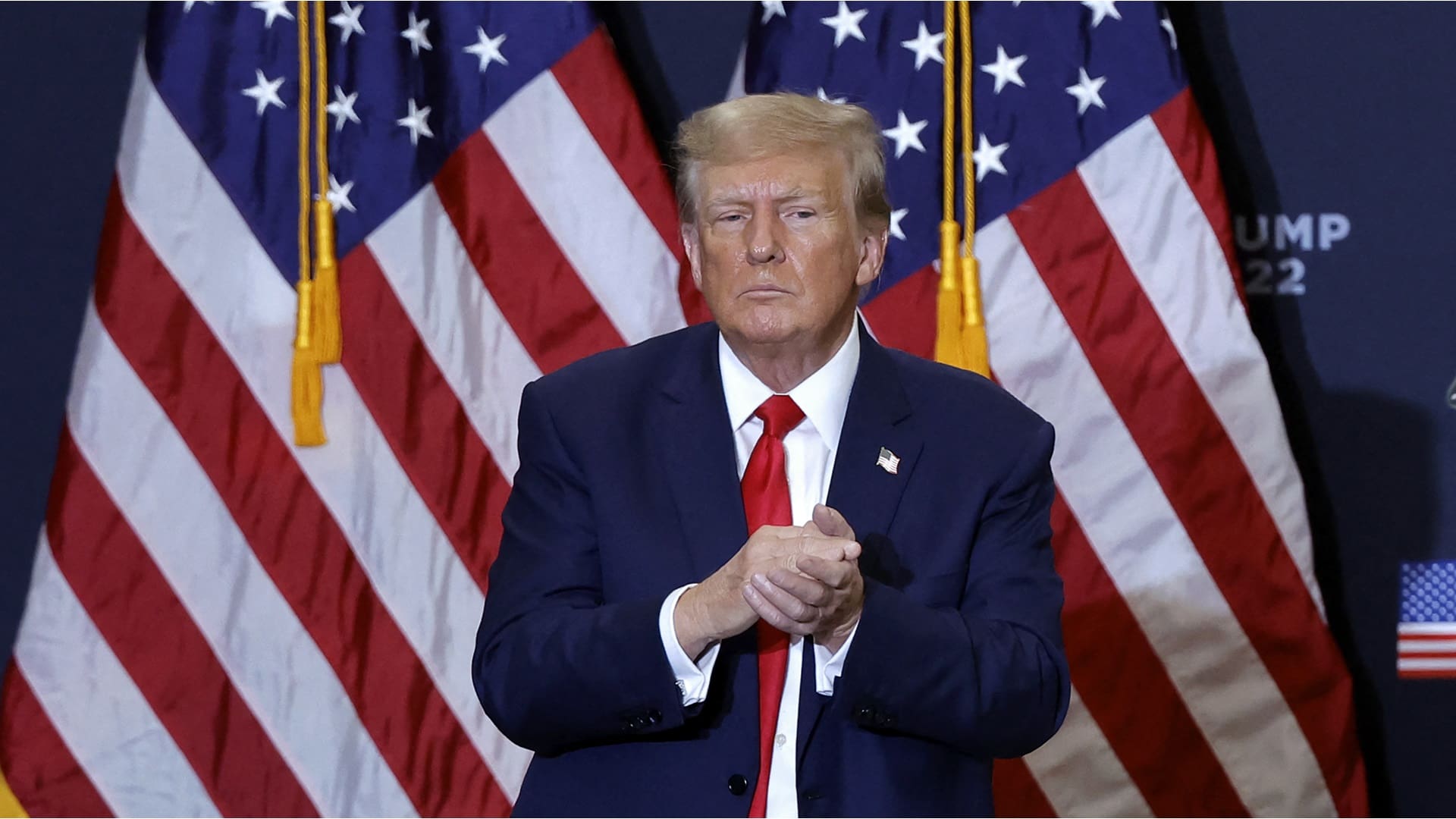The primary elections for the 2024 US presidential election are officially over. It concluded with two ‘highly anticipated nailbiters’ in the overseas territories of Guam and the American Virgin Islands over the past weekend, with incumbent President Joe Biden taking both of those caucuses on the Democratic side.
As for the Republican side, it wrapped up a couple of days earlier, last Tuesday, 4 June. President Trump tallied up the last few states in his column, namely Montana, New Mexico, South Dakota, and New Jersey. In the latter, he racked up an impressive 98.2 per cent of the popular vote. For comparison, Joe Biden only got 88.5 per cent in the Garden State in the Democratic primary held on the same day; however, from a much higher Democrat turnout.
With all contests taking place,
President Trump ended the Republican primary with 76.4 per cent of the popular vote. That is the highest for a non-incumbent candidate since the binding primary system was established in 1972.
The previous record was held by Al Gore. The former Senator from Tennessee ran in 2000 after serving eight years as President Bill Clinton’s Vice President. He ended the Democratic primary with a 75.8-per-cent vote share, a record held until 2024. Gore ended up losing the election. However, he did win the popular vote by 0.5 points, and the fate of the highly contested election came down to around 500 votes in Florida.
In addition, similarly to President Biden, Vice President Gore also had to deal with a third-party candidate further to the left of him. Green Party nominee Ralph Nader ended the election with 2.7 per cent of the popular vote.
While he took the popular vote share record from him, President Trump failed to repeat Gore’s 56-contest sweep. He lost the primaries in Washington, D.C. and Vermont to former South Carolina governor Nikki Haley. These were primaries in two Democrat stronghold states that will not be in serious contest in the general election.
Clearing the primary field this easily is definitely a show of strength for the Republican candidate. Meanwhile, his opponent President Biden got below 90 per cent, the first incumbent to do so in the 21st century. He received 87 per cent of the popular vote. He also became the first incumbent to lose a primary contest since 1996, and the first one to do so while appearing on the ballot since 1980. President Biden was unexpectedly bested by Jason Palmer, an unknown businessman from Maryland, in the American Samoa caucus in March.
President Trump got 16.935 million votes in the primary, while President Biden got 14.324 million. However, that is not necessarily a good indicator, given that incumbents tend to get fewer votes than non-incumbent challengers due to the lack of contest.
What is a better sign for President Trump is that after Governor Nikki Haley dropped out following Super Tuesday in March and both sides became uncontested, Republican turnout still outnumbered that of the Democrats in key swing states, with the exception of Pennsylvania.
In Georgia and Ohio, Republicans had an over 2:1 turnout advantage. In a further show of strength in Georgia, a major swing state with 16 electoral votes, the conservative candidate beat the liberal challenger by 10 points in a statewide election for a place on the State Supreme Court bench in late May. In similar good news for the GOP, a referendum proposed by local Republicans and backed by President Trump passed in a landslide in Wisconsin, another key battleground state.
Related articles:








